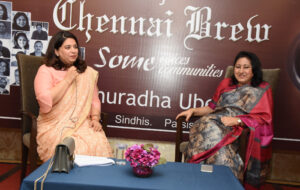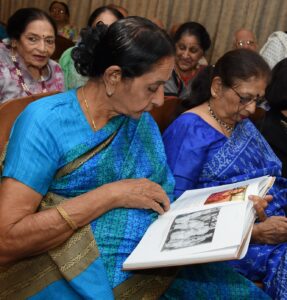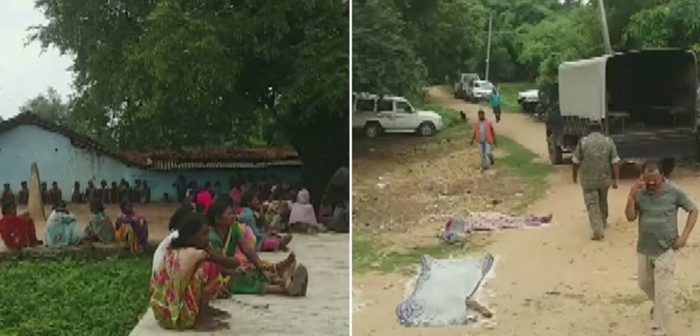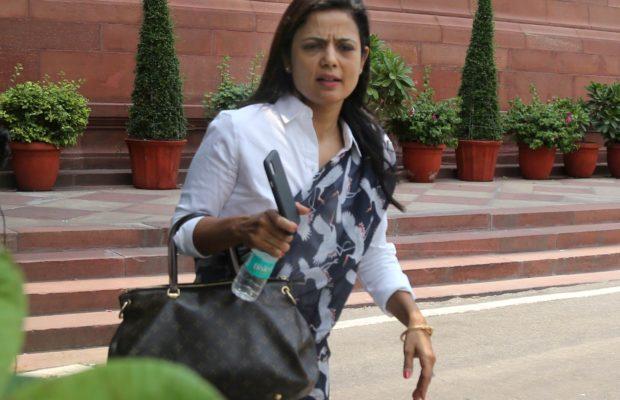Ranchi: As more than 30000 tribals residing in three blocks of Khunti district where Pathalgadi movement is going on are facing sedition charges, which is almost 10 per cent of total tribal population in the area, against which today several members of civil society, activists and concerned citizen sat on dharna before the Jharkhand Governor house in Ranchi.
Representatives of several people’s organisations from across Jharkhand gathered today at Raj Bhawan to protest against the severe violations of Constitutional rights of Adivasis of Khunti district and the use of the sedition law as an instrument of repression.
Later a press communiqué get issued, which pointed that in the last two years, several Adivasi villages of the district, primarily in Khunti, Arki and Murhu blocks, did ‘Pathalgadi’. Based on traditional practice of the Munda community and drawing from Constitutional provisions of Fifth Schedule and the Panchayat (Extension to Scheduled Areas) Act (PESA), stone plaques (pathals), painted with legal guarantees for Adivasis and rules formulated by the Gram Sabha, were erected at the entrance of the villages.
The stone slabs quote sections of the Indian Constitution and PESA that give special protections to Adivasis and recognize the Gram Sabha as the basis of self-rule in tribal-dominated areas. For example, Adivasis have the primary right over their natural resources – Jal, Jangal, Zameen. The plaques also mention some locally formed rules such as restricted entry to outsiders. Some interpretations of the Constitutional provisions, mentioned on the slabs, are definitely unusual and also, may be, impractical.
But instead of attempting to dialogue with the people of these villages on these interpretations, and their demands, the government has responded with severe repression and violence.
In 2018, police raided several villages that had done pathalgadi. It attacked Ghaghra village in Murhu during a Pathalgadi ceremony. They vandalised houses and severely beat people, including women, children and a deaf man. One pregnant woman who was beaten delivered a baby with disabilities.
Two persons were shot; one of whom died.
Many other Pathalgadi villages also saw police violence in the last two years. The police has randomly picked up villagers on the pretext of “questioning” them. Police camps have been setup in at least nine schools and two community buildings, without the permission of the respective Gram Sabhas.
Terming Pathalgadi as a wrong interpretation of Constitutional provisions, the police has charged 30,000 unnamed people under several draconian laws, including sedition. According to the government, almost 10% of the total population of the three blocks is anti-national! People of the region are not able to freely share violations of their rights as they are scared that they may be named in the FIRs.
The dharna was organised by Jharkhand Janadhikar Mahasabha (JJM), a network of activists and people’s organisations. It was attended by representatives of several organisations – Adivasi Women’s Network, Samajwadi Jan Parishad, Right to Food Campaign, Bagaicha, Jan Sangharsh Samiti, TRTC, Jharkhand Kisan Parishad, NAPM, Visthapan Virodhi Jan Vikas Andolan, National Domestic Worker’s Union, Van Adhikar Manch, Sarvodaya Mitra Mandal and so on.
Several activists – Arvind Avinash, Jean Dreze, B B Choudhary, Siraj Dutta, Jerome Kujur, Elina Horo, Bineet Mundu, David Solomon, Ambika Yadav, Jacinta Kerketta, Ranjeet Kindo, Saroj Hembram, Vinod Kumar, George Monippally, Vishwanath Azad, Sushma Biruli – participated in the sit-in.
Development economist Jean Dreze, addressed the dharna, and said, “The brutal manner in which the Jharkhand government is dealing with the pathalgadi movement is a case of gross of over-reaction to legitimate and nonviolent demands from the local adivasis. The tradition of self-government in Khunti should be valued and celebrated.”
In the protest, it was also mentioned that the government also considers people who raise questions on violations of Adivasi rights as seditious. Jharkhand government charged 20 people, including activists, writers and journalists, with sedition only because they had raised questions, on social media, on the government’s actions in Pathalgadi villages and attack on Adivasi rights.
Recently, warrants were issued against four of them – Stan Swamy, Vinod Kumar, Aloka Kujur and Rakesh Roshan Kido – who have always fought for Adivasi rights.
Young poet Jacinta Kerketta said, “The government should stop labelling voices of dissent as sedition. It is a violation of right to expression”.
It was also discussed during the dharna that the assertion of Khunti’s people through Pathalgadi has roots in the long history of alienation of land and exploitation of Adivasis in Jharkhand. Based on conservative estimates, at least 1.5 million people have been displaced in the state due to alienation of land between 1951 and 1995. Of these, 41% were Adivasis. In the last few decades, Khunti district itself has seen several attempts for forceful acquisition of land for various projects such as construction of Koel-Karo hydroelectric dams and Arcelor-Mittal steel plant. Both these projects had to be scrapped after public protests. There are also long standing grievances against the failure of the state to protect the distinctive social and cultural identity of the Adivasis.
And that in the last five years, there have been continuous attacks on Constitutional rights of Adivasis across the state. There have been several attempts to weaken the powers of Gram Sabhas in various acts. The government repeatedly tried to weaken the Chhotanagpur and Santhal Tenancy Acts that provide protection to Adivasis right to their land. The government also formulated the land bank policy that creates a pool of land owned by Gram Sabhas to be offered to corporates without the approval of the people.
At one end, the BJP-led state government continues to violate provisions of Fifth Schedule left, right and centre and runs away from implementing PESA. On the other end, the Prime Minister is busy creating news by bowing before the Constitution (book) before entering the Parliament.
Adivasi Women’s Network’s Elina Hora said on the occasion, “Jharkhand government should immediately check severe violations of human rights across the state in the form of violations of Adivasi rights, mob lynchings and attacks on women. TRTC’s Ranjit Kindo said, “We will always protest against the anti-people policies of the government. That’s a basic necessity of democracy”.
At the end of the dharna, JJM submitted a memorandum to the Governor Draupadi Murmu with the following demands including implementation of PESA in letter and spirit :
- The government must immediately withdraw all frivolous FIRs filed against the thousands of unnamed residents of Khunti and activists on charges of sedition. It must also undertake judicial inquiry into the charges framed against the named people in the FIRs. It must make public all the evidence that formed the basis for these FIRs and the evidence collected in all related inquiries since then.
- The government should undertake judicial inquiry into the violence unleashed by security forces in Ghaghra and other villages and ensure punitive action against the personnel responsible for the human rights abuses. It must ensure compensation to victims of human rights violations in these villages.
- The government should initiate dialogue with representatives of the Pathalgadi villages, Adivasi organisations and experts on the Constitution.
- The government must ensure immediate implementation of all provisions of Fifth schedule and PESA in letter and spirit.
















